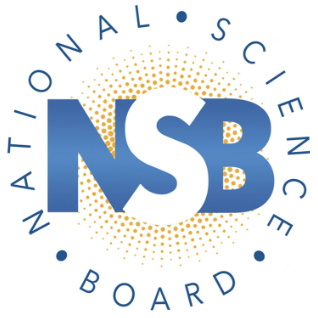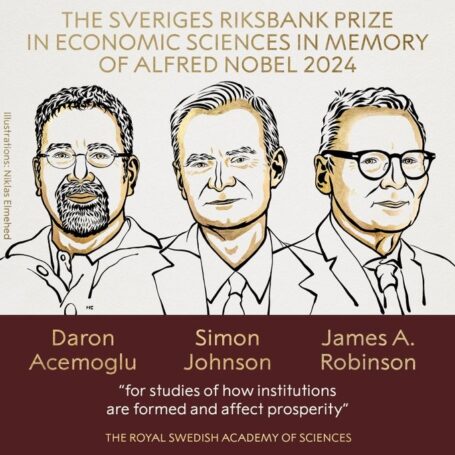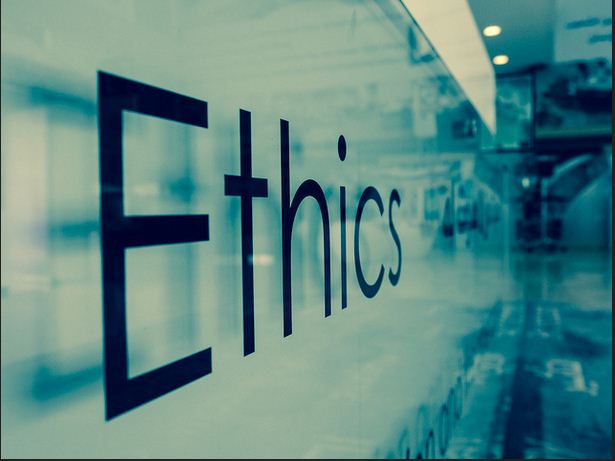Study Shows Lack of Female Authors in Academic Writing

“Publish or perish” is tattooed on the mind of every academic. Like it or loathe it, publishing in high-profile journals is the fast track to positions in prestigious universities with illustrious colleagues and lavish resources, celebrated awards and plentiful grant funding. Yet somehow, in the search to understand why women’s scientific careers often fail to thrive, the role of high-impact journals has received little scrutiny.

This article by Ione Fine and Alicia Shen originally appeared at The Conversation, a Social Science Space partner site, under the title “Perish not publish? New study quantifies the lack of female authors in scientific journals”
One reason is that these journals don’t even collect data about the gender or ethnic background of their authors. To examine the representation of women within these journals, with our colleagues Jason Webster and Yuichi Shoda, we delved into MEDLINE, the online repository that contains records of almost every published peer-reviewed neuroscience article. We used the Genderize.io database to predict the gender of first and last authors on over 166,000 articles published between 2005 and 2017 in high-profile journals that include neuroscience, our own scientific discipline. The results were dispiriting.
Female scientists underrepresented
We began by looking at first authors – the place in the author list that traditionally is held by the junior researcher who does the hands-on research. We expected over 40 percent to be women, similar to the percentage of women postdocs in neuroscience in the U.S. and Europe. Instead, fewer than 25 percent first authors in the journals Nature and Science were women.
Our findings were similar for last authors, the place typically held by the laboratory leader. We expected the numbers to match large National Institutes of Health grants, which are a similarly rigorous measure of significance, scientific sophistication and productivity; 30 percent are awarded to women – comparable to the proportion of women tenure-track faculty in neuroscience. The proportion of women last authors was half what we expected – just over 15 percent of last authors in Science and Nature were women.
Our study, published online and highlighted in a letter printed in the journal Nature, focused on neuroscience. We made our code accessible, and we’re thrilled that students in other fields are already beginning to examine the gender breakdown of bylines in their own disciplines.
One thing our data mining study doesn’t reveal is why women are so seriously underrepresented. But a large literature suggests that gender bias almost certainly plays a role.
Bias in the publishing pipeline
One place bias occurs is when scientists themselves undervalue the scientific contributions of women. One analysis found that women are more likely to be the person performing experiments. Despite this, they are more likely to be in the less prestigious “middle” author position. Anecdotally, many laboratory leaders have observed that male students tend to be more proactive about negotiating their position in the author list than women.
Bias can also influence the reviewing process. Researchers at the Ohio State University found that, when reviewers are randomly assigned to evaluate scientific work ostensibly submitted by a female or a male author, they rated the work written by male authors as having higher rigor. An analysis of peer-review scores for postdoctoral fellowship applications in Sweden revealed a system that was “riddled with prejudice” – women were given lower competence ratings than men who had less than half their publication impact. Bias may be particularly strong when expectations are high – qualities like “brilliance” are far more likely to be attributed to men. This may be why we found the proportion of women authors was negatively correlated with journal “impact factor.”
Finally, bias occurs within the editorial process. Nature, in a series of editorials spanning more than a decade, has observed that its editors are less likely to ask women to write commissioned pieces.
Do women fail to “lean in”? Female authors may be less likely to submit to high-profile journals. Success rates for elite journals are low – for instance, in Nature, less than 10 percent of submissions make it into print. In many fields, the publication delay associated with a failed submission means there’s a high risk of being scooped by another research team. If a female scientist estimates her chance of success more conservatively than a man, for whatever reason, she will be more likely to play it safe.
Holding journals accountable
Scientific publishing is staggeringly profitable: In 2017, Elsevier reported profits of over US$1.2 billion. These companies rely heavily on the scientific community, both as authors of the journal content they are selling and as reviewers. Given the profit they make and the outsized influence they wield over scientific careers, it seems obvious that journals have a moral and perhaps even a legal responsibility to make sure the process is equable.
We believe journals need to take full responsibility for ensuring social equity across the publishing pipeline: encouraging women to submit, ensuring that women receive fair reviews, and enforcing equity in the editorial process.
There are some obvious first steps. The scientific community should demand that journals collect data about gender and ethnicity for article submissions and acceptances, and these data should be publicly available. That way researchers can choose to avoid (or even boycott) journals with a poor track record. Researchers should insist that reviewers be given more specific review criteria – such as requirements to explain their ratings of significance and impact, as well as their assessment of scientific quality, as is done at the NIH and the National Science Foundation. Finally, it is past time for journals to adopt mandatory double-blind reviewing.
While the representation of women authors may not have changed over the last decade or so, the attitude of the scientific community has transformed. When I (Ione Fine) was an undergraduate at Oxford, I was told casually by a professor that “women don’t run with the ball intellectually” – even though I was interviewing him for a feminist magazine! (For 20 years, I have wondered whether this reflected extraordinary arrogance combined with a singular lack of tact or sheer idiocy.) But the only thing that made the comment surprising was the context – his attitude was commonplace.
These days there is an overwhelming consensus in our scientific community that scientific talent is not gendered. Universities, funding agencies, conference organizers and individual laboratory leaders around the world are all working to resolve this problem. It is time for the journals to “lean in.”




















































































